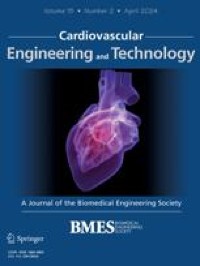Abstract
Objectives
Sleep apnea is the most common sleep disorder that leads to serious health complications if not treated early. Forecasting apnea occurrence ahead in time provides the opportunity to take appropriate actions to control and manage it.
Methods
A novel framework for forecasting the occurrence of apnea from single-lead electrocardiogram (ECG) based on deep recurrent neural networks is proposed. ECG R-peak amplitudes and R-R intervals are extracted and aligned using power spectral analysis, and recurrent deep learning models are developed to extract the most predictive ECG features and forecast the occurrence of apnea.
Results
The performance of the proposed approach was validated in forecasting apnea events up to five minutes in future on a dataset of 70 sleep recordings. A forecasting accuracy of up to 94.95% was achieved which was higher than the performance of conventional multilayer perceptron (p < 0.05) and other state-of-the-art techniques.
Conclusions
The proposed deep learning approach was successful in forecasting the occurrence of sleep apnea from single-lead ECG. It can therefore be adopted in wearable sleep monitors for the management of sleep apnea. Our developed algorithms are publicly available on GitHub.




